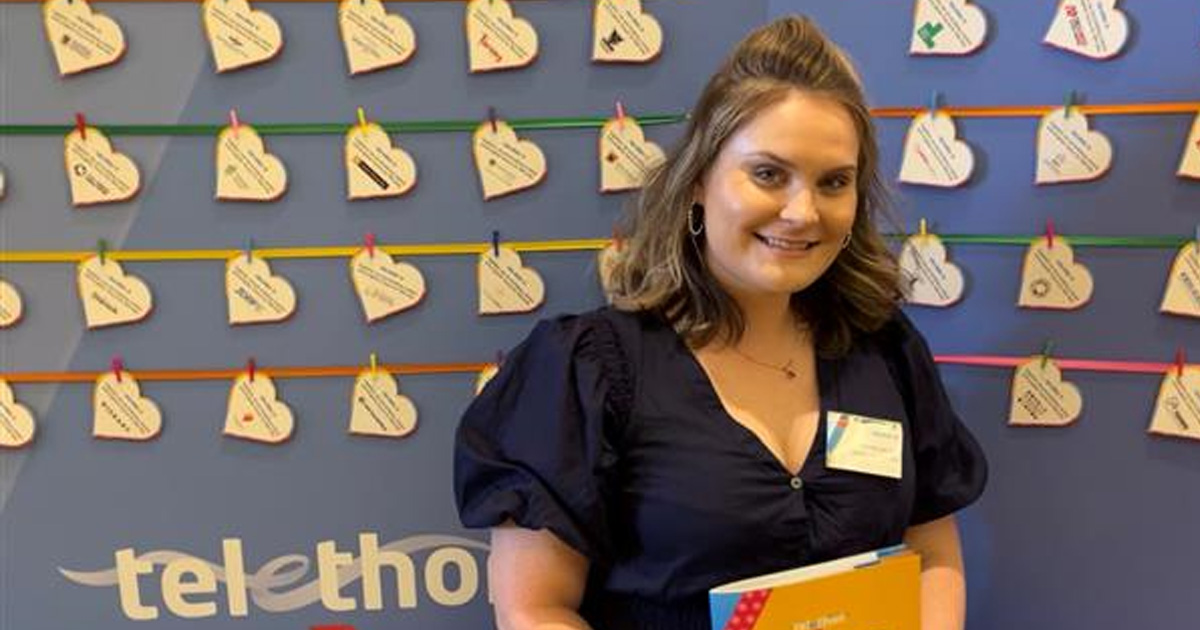Search
Research
Neuroanatomical heterogeneity and homogeneity in individuals at clinical high risk for psychosisIndividuals at Clinical High Risk for Psychosis (CHR-P) demonstrate heterogeneity in clinical profiles and outcome features. However, the extent of neuroanatomical heterogeneity in the CHR-P state is largely undetermined.
Research
A systematic review: Identifying the prevalence rates of psychiatric disorder in Australia's Indigenous populationsA systematic review: Identifying the prevalence rates of psychiatric disorder in Australia's Indigenous populations.
Research
QMAP: Mapping journeys of digital and face-to-face mental health support in LGBTQA+ young people living in AustraliaThis project aims to visually map the journeys and experiences of LGBTQA+ young people in Australia with lived experience of accessing mental health support through formal healthcare, youth and community services, and informal networks of care.

News & Events
Anaesthesia, suicide prevention and rare disease research supported by Telethon 2022The generous support of West Australians through Channel 7’s Telethon Trust will help support vital child health research at The Kids Research Institute Australia in 2023.

News & Events
The Kids statement on Marriage EqualityTelethon Kids Institute believes that everyone has the right to be treated with equal respect, to feel included and not be subjected to discrimination.
Research
Lessons from schools with high levels of support for students with type 1 diabetes: A qualitative studyThis project aimed to investigate how schools provide support for the psychosocial wellbeing and disease management of students with type 1 diabetes
Research
“If you don't speak from the heart, the young mob aren't going to listen at all”: An invitation for youth mental health services to engage in new ways of workingBuilding Bridges demonstrates the centrality of trusting relationships for systemic change and the way in which meaningful engagement is at the core of both the process and the outcome
Research
Mental Health Correlates of Autism Spectrum Disorder in Gender Diverse Young People: Evidence from a Specialised Child and Adolescent Gender Clinic in AustraliaCurrent findings indicate that gender diverse children and adolescents with indicated ASD comprise an especially vulnerable group at risk of mental health difficulties
Research
Developing fit-for-purpose funding models for rural settings: Lessons from the evaluation of a step-up/step-down service in regional AustraliaSub-acute mental health community services provide a bridging service between hospital and community care. There is limited understanding of the local factors that influence success, and of the funding implications of delivering services in rural areas.
Research
Gender-Neutral Toilets: A Qualitative Exploration of Inclusive School Environments for Sexuality and Gender Diverse Youth in Western AustraliaSchool toilets have been identified by sexuality and gender diverse (SGD) students as the least safe spaces in educational institutions. They are sites of verbal, physical and sexual victimisation.
